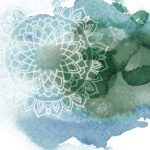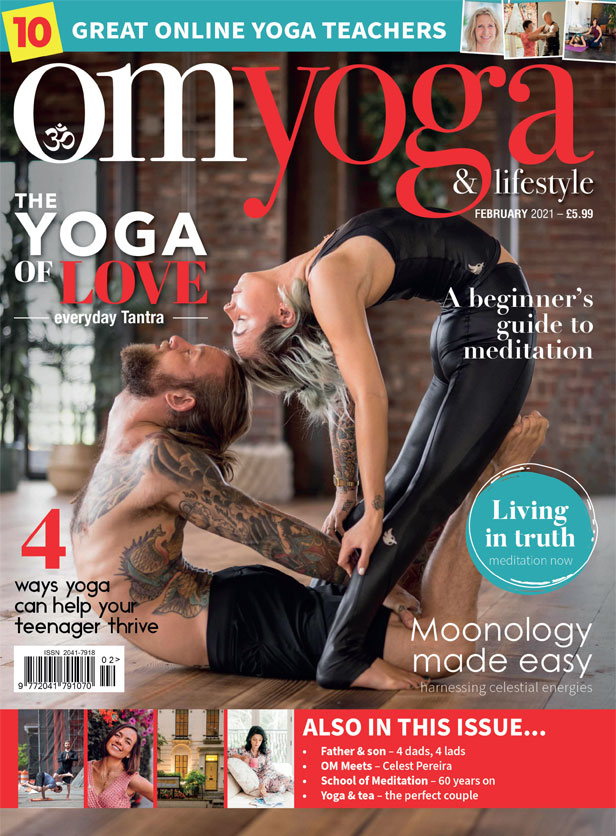
Relax, with tea
Yoga and tea: the perfect couple for relaxation. By Baljit Sidhu
Relax. Chill out. We all talk about decompressing all the time — but it’s a lot easier to think about than it is to actually take a step back and reset! After all, it’s one thing to know that we need to let go of stress, but it’s quite another to push all of our worries and fears aside.
Luckily, there are a number of techniques that people use to relax, including yoga, of course.
Another one of the most effective ways to chill out and take a moment may also be among the easiest: make a cup of tea. Yes, one of the best things you can do to relax is to make a nice cup of tea!
A mindful practice
But let’s start by looking at what stress is. The Sutras ascribe stress to four main factors that limit our ability to be fully present: pain, poor breathing habits, being anxious, and having repetitive negative thoughts.
Mitigating all four of these is central to the practice of yoga. That’s why, as a yoga instructor myself, I help people to create mindful practices, get enough sleep, and generally slow down their lives.
Yoga isn’t just about stretching. Yoga is a lifestyle that provides an abundance of stress-reduction tools …and I know I can definitely use a full toolkit!.
So what does all of this have to do with a cup of tea? There are two answers to this.
The first has to do with the mindful practice of tea preparation.
It’s about cultivating calmness through the process of making and drinking tea.
I’m not talking about throwing a tea bag into a mug of microwaved water and hoping for the best. Instead, I am talking about the step-by-step ritual of taking time out of our busy days to actually prepare a cup of tea.
This involves slowing down, having awareness of each step, and having the aroma and taste of the tea flood our senses.
It only takes a few minutes to make tea, but the benefits can last all day.
Loosen up
One of the best ways to do this is to use loose tea, rather than tea bags.
In addition to being a yoga instructor, I am a certified tea sommelier, so this is something I think about quite often.
There are a lot of reasons why using tea leaves is better, but it comes down to something that is also a core element of yoga: flow.
Simply put, water flows better when there aren’t any barriers. Of course, there are times when having a small sachet of Yorkshire Gold is the only option, but curating a collection of different tea leaves can create a much better experience, both in terms of reducing stress and making a superior cup of tea.
Aside from the process of making tea, there are the benefits of the drink itself. It comes down to adaptogens, which are compounds that actually change their function based on the body’s needs. It’s a bit like having a Swiss Army knife for health.
The good news is that many varieties of tea are full of adaptogens. Camellia sinensis (teaplant) is the motherlode of many adaptogenic varieties of tea, including black, pu-erh, oolong, houjicha, and matcha green tea.
Nowadays, many people prefer herbal tea to ‘real’ tea. Technically, if it doesn’t include Camellia sinensis, it isn’t actually tea, but there are plenty of benefits to these drinks as well.
For starters, burdock root isn’t officially tea, but it is an adaptogen. Aniseed is also praised as being an antifungal and antibacterial. The list of benefits goes on.
It’s in the ritual
What is important is that both herbal tea and leaf tea require the same level of care to make. And this process — a ritual, if you will — is in many ways analogous to many practices incorporated in yoga.
So as long as you take time out from your busy day to relax, take a deep breath, boil some water, make a cuppa, and then slowly drink it, you are probably well on your way to reducing your stress levels.
Baljit Sidhu is a yoga instructor, nutritionist and certified tea sommelier, based in Toronto, and the founder of Tea Freak (teafreakfineteas.ca)




